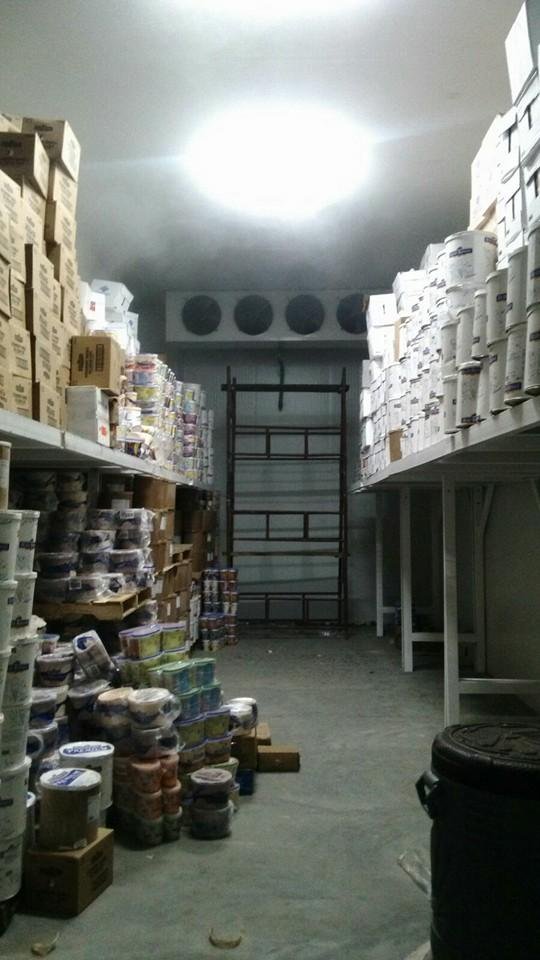Cold room, special meaning of food items can be stored in normal conditions for longer periods of time to hide in the appropriate conditions, cooled and moisture condition controlled, external atmosphere, heat and moisture gain from the isolated neighborhoods Identifiable.
The aim in the cold storage tank should be to ensure the temperature and relative humidity as much as possible, albeit very short term, each temperature increase causes acceleration in the development of microorganisms.
In cold rooms, chemical enzyme reactions can be slowed down and delayed the development of microorganisms, and nutrients may be stored very close to their initial state. The balance of temperature and relative humidity in cold storage warehouses varies depending on the following factors.
1. Properties of the product and package to be put in cold storage
The changes in the entire transpination density in the cold room have a great effect on the immediate cooling of the product.
2. Cold Storage Filling Method
When placing products in cold rooms, stacking will not prevent the air from roaming freely. This ensures that the cold room air is sufficiently and easily mixed, ensuring that the temperature stays for the appropriate limits.
3. Surface areas and structures of the evaporator
Surface areas of evaporators, number of fans, cross-sections of fans, air flow of fans directly affect the humidity and temperature of the cold room.
4. The difference between the evaporator surface temperature and room temperature
Taking into consideration the loss of heat permeability, it should be noted that the temperature difference between refrigerant and cold chamber is kept as low as possible. In the case of the temperature difference between the cold chamber and the refrigerant, the evaporator may have a carding.
5. Air dispersion environment in cold storage
Air movement in cold storage tanks should create an equal temperature and humidity level in all volumes. Excessive air movement may cause moisture loss in foodstuffs.
6. Working time of cold room devices
The working time of cold room devices depends on room temperature, evaporation temperature and defrost time.
7. Cold storage temperature ranges and enclosure shapes
A. Cool Enclosure (+ 5/+ 15 °c)
It is the temperature range of some specialty foodstuffs (green pepper, tomato, banana etc.) and food processing areas.
B. Cold Housing (-5/+ 5 °c)
Most of the freshly preserved food products are kept in this temperature range.
C. Frozen Enclosure (-15/-25 °c)
The storage of all frozen foods is done in this temperature range. The frozen enclosure is the preservation of the temperature of the products that have been decreased to-18 °c by the central temperature.
D. Quenting (-30/-45 °c)
Shock is not an enclosure type. Shock is the process of lowering fresh products to-18 °c as fast as 4-7 hours of central temperatures.
Please contact with us for your required Turnkey Cold Room Project requirements.


